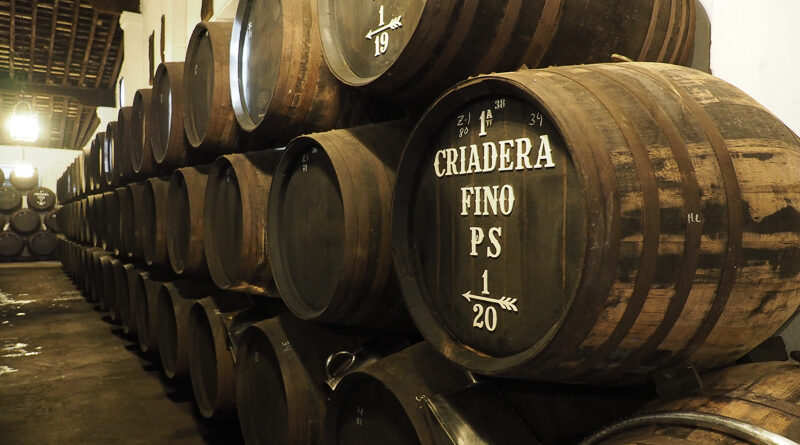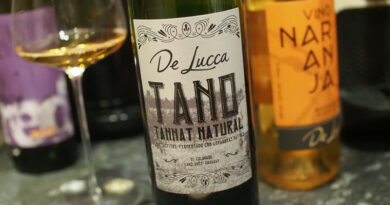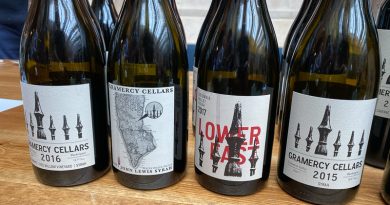Sisseck’s Sherry: the Pingus winemaker invests in Jerez
It’s early days for this new project, but perhaps it’s a sign of the future for the Sherry region that one of Spain’s most illustrious producers has invested in the region. Jamie Goode gets to visit the new Jerez project of Peter Sisseck, who has bought top vineyard sites and a well-regarded 400-barrel solera. The first wines will soon be released.
Peter Sisseck, of Pingus fame, has invested in Jerez, and in July 2019 I went to see his new project, Bodega San Francisco Javier. We were shown round by Carlos del Rio, whose father – also named Carlos del Rio – is involved in the project too. Carlos senior is a partner in Haciendo Monasterio with Sisseck, and worked as a technical director there. This relationship has led to Sisseck’s decision to begin making biologically aged Sherries, which are potentially in the peer group with the best Ribera del Duero reds
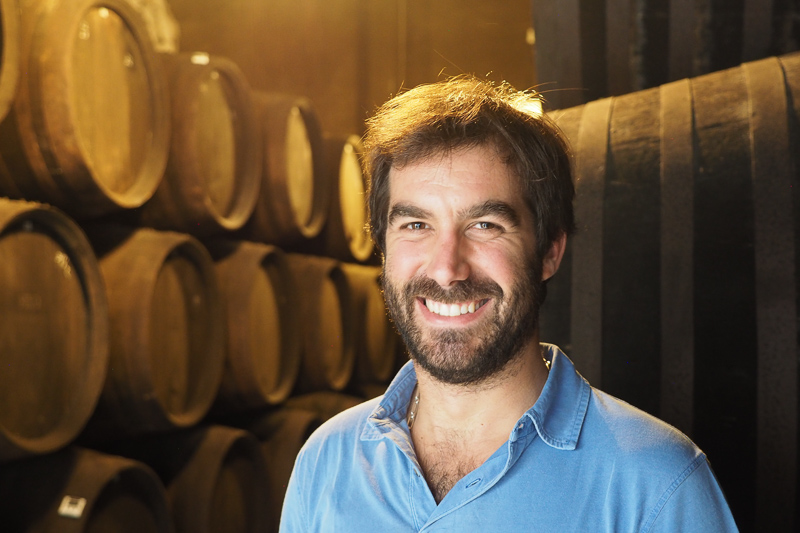
In 2000 Sisseck came to Jerez with Alvaro Palacios and Carlos senior, and the three decided they needed to do something here. But it wasn’t until 2015 that this project actually came to be, when Carlos junior returned from working in Chile and urged his father and Sisseck to start a venture based on Fino. ‘It’s one of the best white wines in Spain,’ he says.
They visited lots of wineries and vineyards in the region, forging their plan. It became clear that any new project had to focus on vineyards. ‘In Jerez, they forgot the vineyards,’ says Carlos. So they bought vineyards in two of the best pagos.
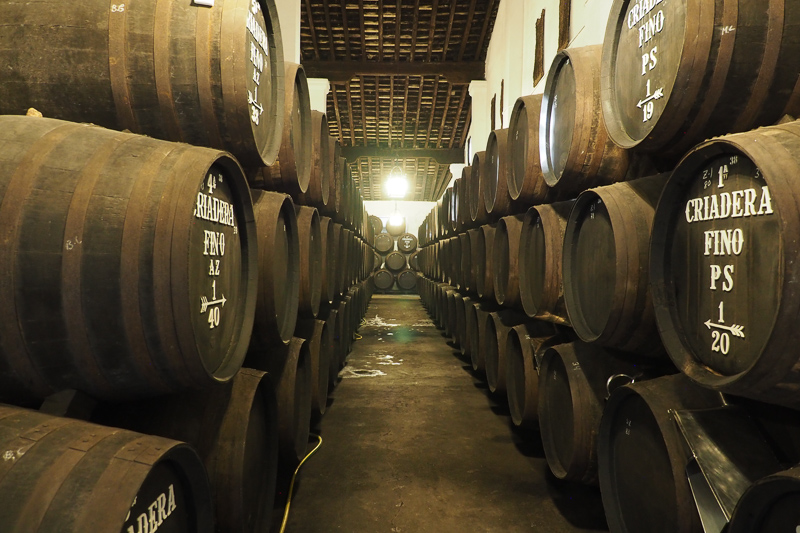
Balbaina is between Jerez and Sanlucar, with the influence of the Atlantic. They got 8 hectares of this. And they also bought 2 hectares of the famous Macharnudo pago, on a west facing slope. Both are at altitude, although this is only 90 m because the region is quite flat and low-lying.
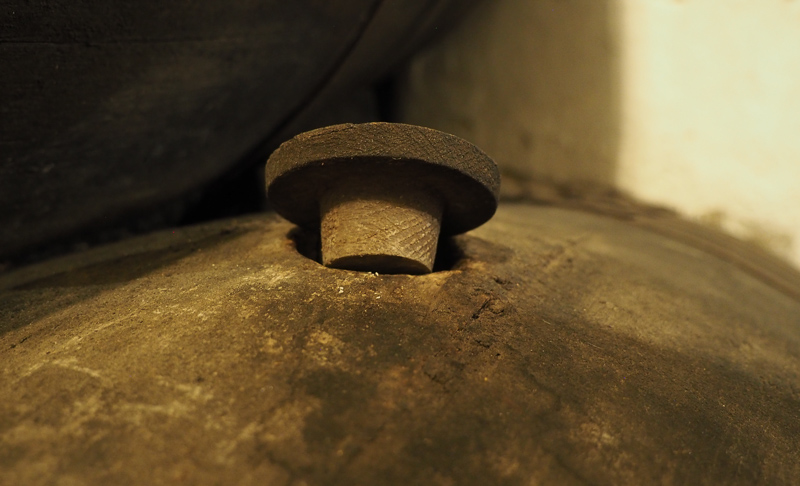
Then they bought the winery they are currently based in from Juan Piñero, along with 444 barrels, all ageing biologically. This winery is just used for storing and blending: they don’t have a winery for fermentation, but instead rent space. Last year they did their fermentations with Antonio Flores at Gonzales Byass. Since then they have purchased the neighbouring bodegas to San Francisco and will be make a fermentation centre here. Fermentations will likely then be in barrel, not stainless steel. They harvest at 14 potential alcohol and then fortify to 15%.
They have consulting advice from Ramiro Ibanez of Cota 45
Carlos is a great believer in blending to make great sherry. ‘If you take one barrel you take away the continuity of the barrel,’ he says. ‘We believe that you are not selling a barrel, but a vineyard and the wine of the bodega.’
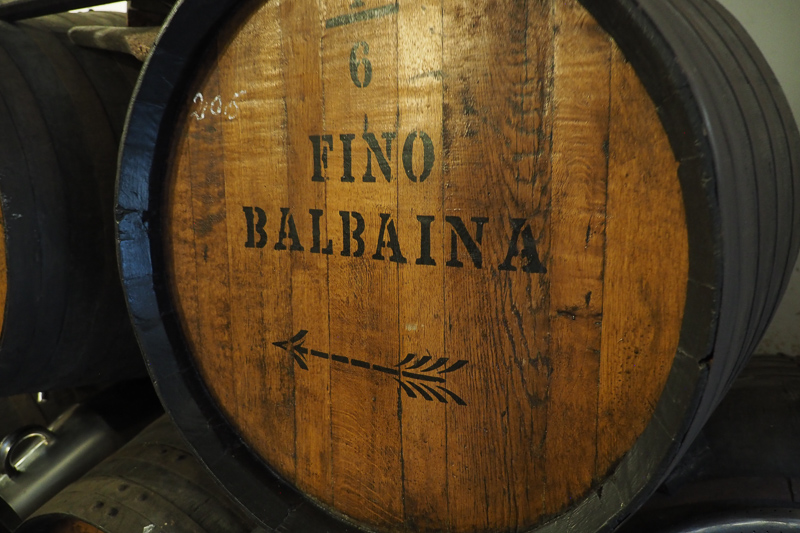
There will initially be two wines released, one from each Pago. Average age will be 8 years old. ‘We are looking for the best moment in the year to make the extraction,’ he says. ‘We think it is during spring and at the end of spring, after the radical biological ageing that starts usually in February.’
‘2019 will be the first vintage that we make things that we really want,’ says Carlos. ‘Last vintage in Jerez was very difficult. It was a rainy year and there were late rains, with lots of Poniente [the humid wind]. It was a low alcohol year and the grapes didn’t get the correct ripeness.’ [The two winds in the area are the Levante and the Poniente. The former is dry, and it’s not good for solera ageing of biological wine, which likes humidity.]

The two wines that will constitute the first release will be called Viña Los Corrales de Balbaina and Viña La Crux de Macharnudo
There will be 5 criaderas in the cellar. The new soretablas (freshly fermented wine) goes to the fifth criadera, and then works its way to the second, and then becomes the solera.
They have three layers of barrels in the cellar, and the top one is at a temperature 1 C higher than the bottom (we checked: it goes from 23-24 C).
We did a barrel tasting:
Balbaina (solera)
Wonderful matchstick nose: salty and tangy with some richness as well as the mineral freshness. Finely spiced with great precision. Grainy and spicy with warmth and texture. 94-96/100
Second sample, also Balbaina: less overt reduction here. Salty and rounded with some vinosity. Smooth and rich but also mineral. 92-94/100
Sample 3, Balbaina ‘Beticus’. This is a type of yeast, and it makes a radical wine. Very expressive, mineral and salty with some nice reduction. This is powerful and expressive with a bright saline character. Fine and grainy with nice hazelnut notes and an appley edge. 93-95/100
Macharnudo sample 1. More fino-like with mineral matchstick notes as well as citrus and green apple. Very refined with lovely structure and grainy minerality. Very fine with some salinity. 93-95/100
A few days earlier, they did an extraction of the 74 Balbaina soleras in the cellar, and bottled the blend in 200 bottles. We tried this. It’s salty, nutty and has a linseed and green apple edge. It needs time to harmonize, but after a while begins to open up. We tried it again at dinner:
Bodega San Francisco Fino Balbaina NV Jerez
So fresh, pure and linear. Tangy with a citrus, apple and saline twist. Very fine and expressive with lovely balance and elegance. Vinous and pure with balance and precision. 95/100
Note added later: the first release is now out (summer 2021). It’s being sold in the UK by Corney & Barrow.
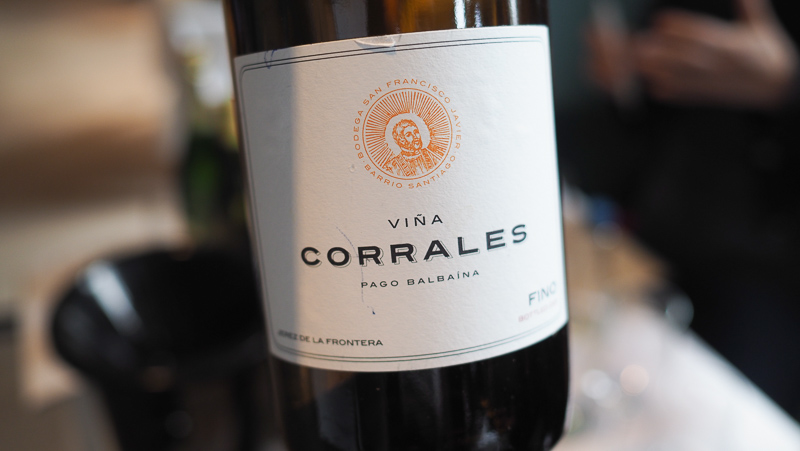
Viña Corrales by Peter Sisseck Fino Pago Balbaina (2021 Bottling) Jerez, Spain
15% alcohol. In 2017 Peter Sisseck purchased Bodega San Francisco Javier, in a venture with the Del Rio family of Hacienda Monasterio. This fino is made from the Balbaina pago with its tosca de barajuela albariza soils. The blend is an average age of 9 years old. Lovely aromatics here: very fine, salty and minera with real finesse. The palate is tangy, pure and bright with fine apple and lemon notes. Refreshing and saline. 95/100 (£32.95)

